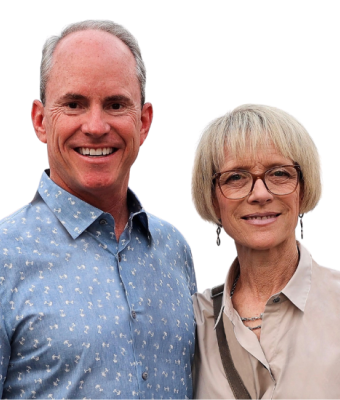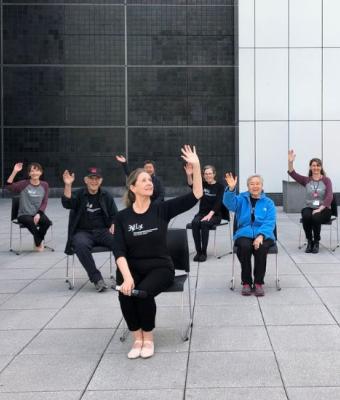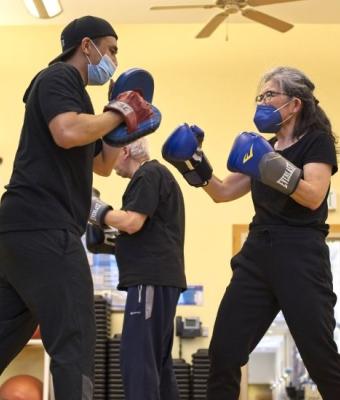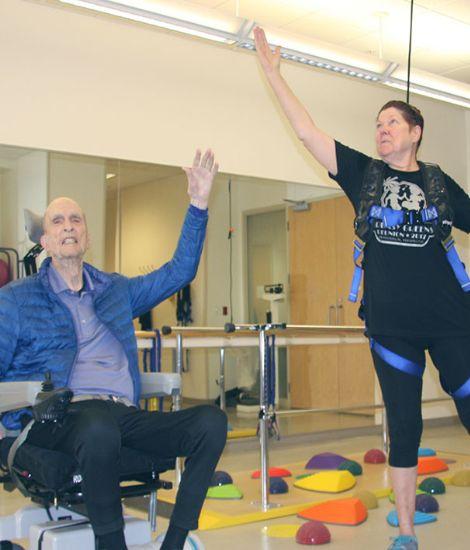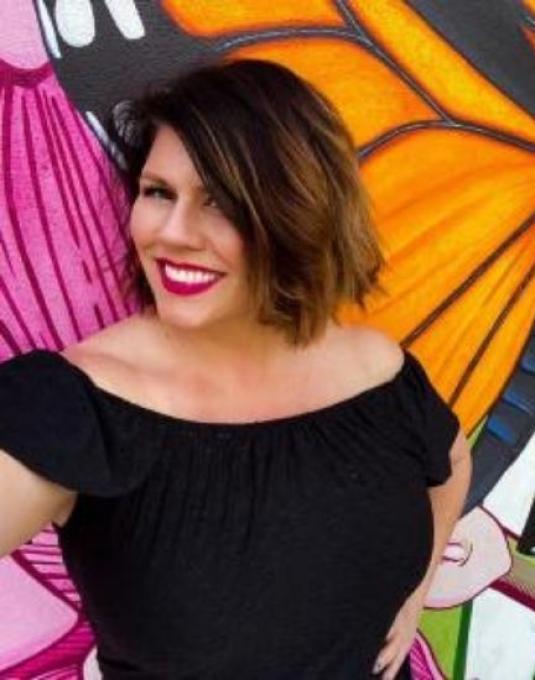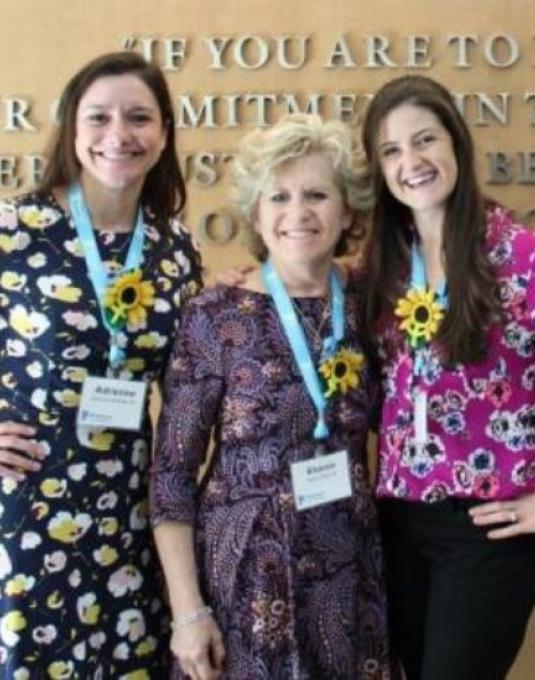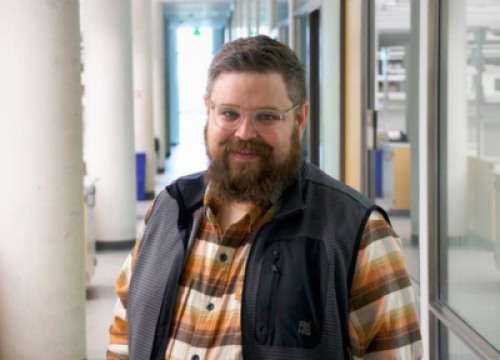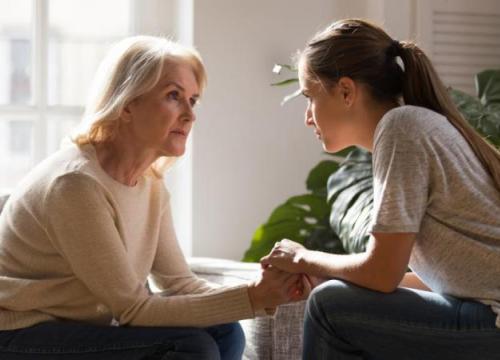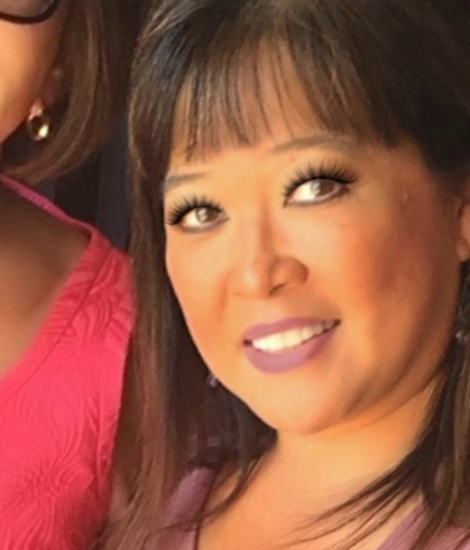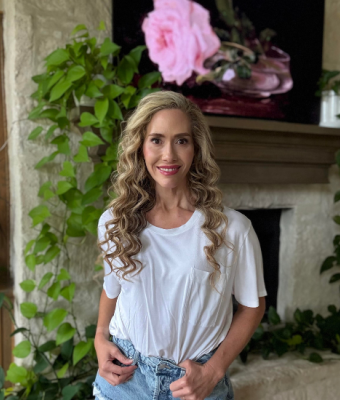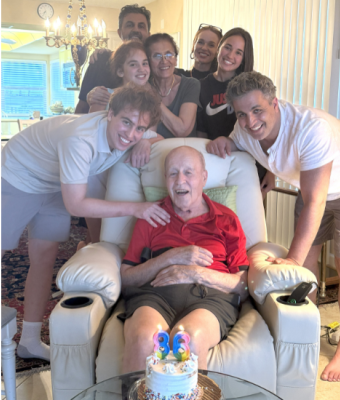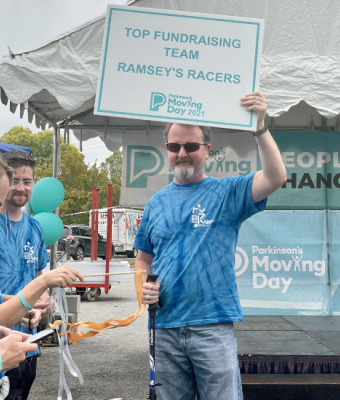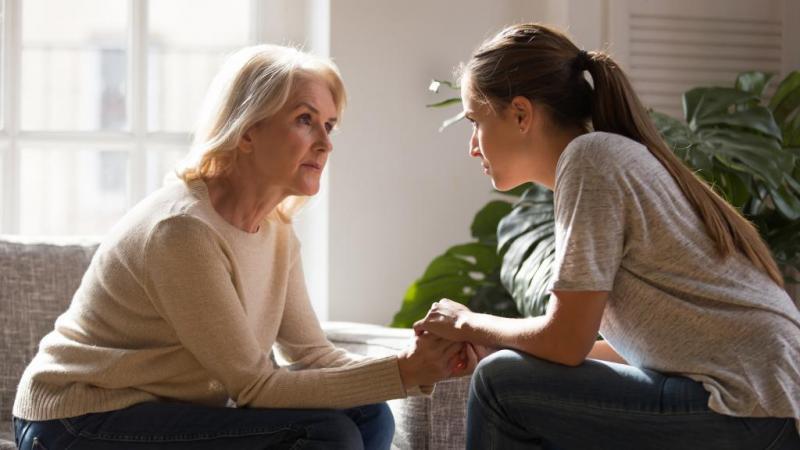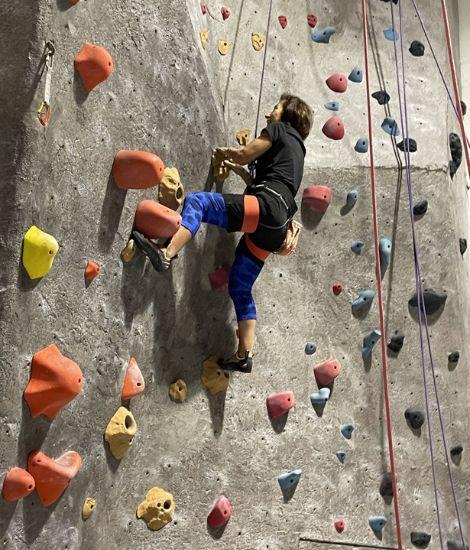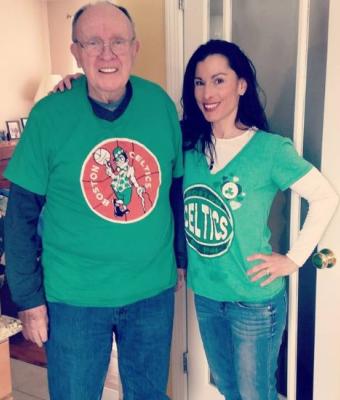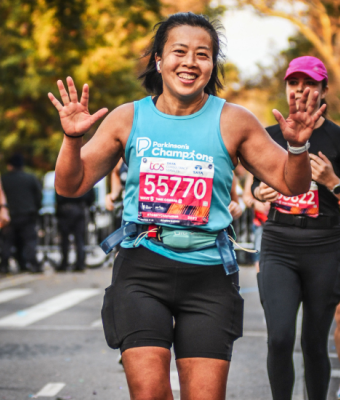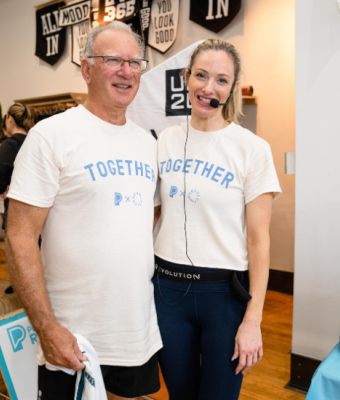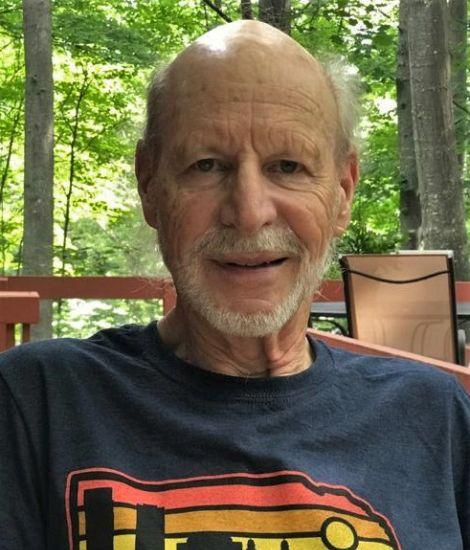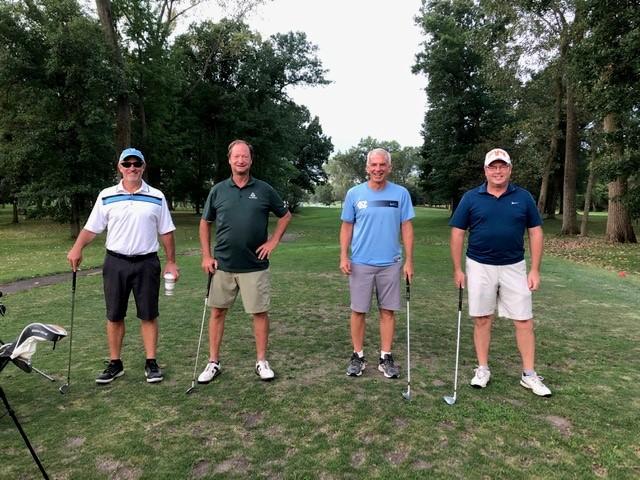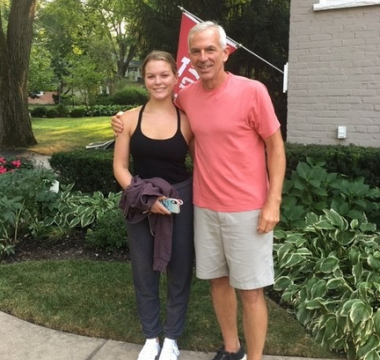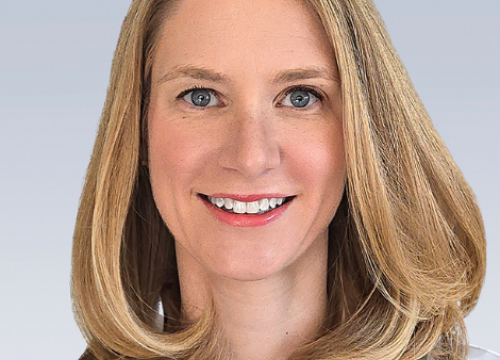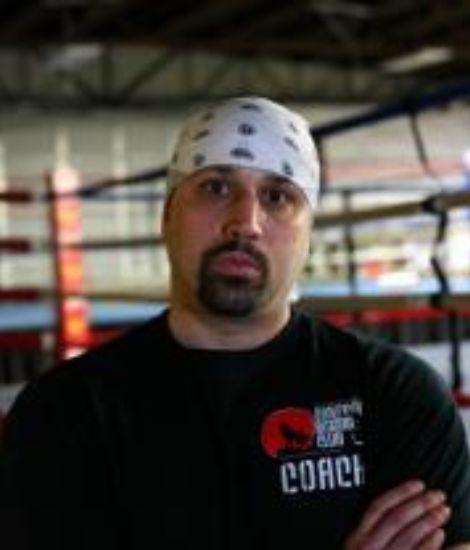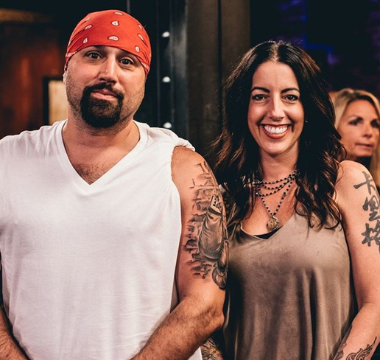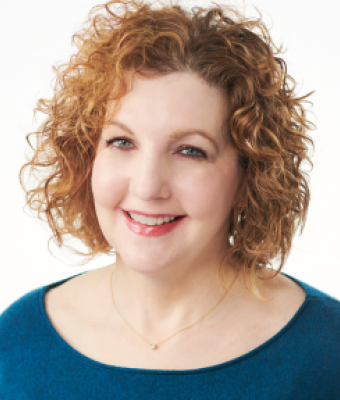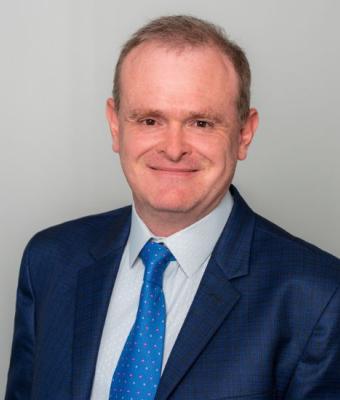My PD Story
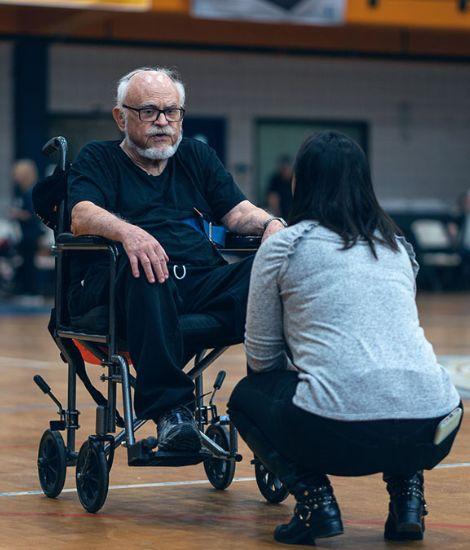
Rock Steady Boxing
Rock Steady Boxing at the MAR-JCC in North Miami, FL
The MAR-JCC, located in North Miami Beach, FL, currently offers the Quality of Life – Senior Wellness Program (TQOL) for seniors through a supervised and monitored comprehensive fitness and exercise program. The TQOL offers seniors with Parkinson’s with a daily program specifically tailored to them, developed in conjunction with the Parkinson’s Foundation.
Rock Steady Boxing at the MAR-JCC launched in August 2016. The program exceeded anticipation, from an estimate of 40 to the now more than 150 boxers. For the past two years, all new participants have been neurologists’ referrals. Although these physicians have never seen our facility, they see the improvement in their patients ― boxers in our program.
Based on that improvement and patient testimonials, anyone newly diagnosed with Parkinson’s is prescribed PD medication and referral to our program as a recommended part of their PD treatment. From the doctor’s office straight to Rock Steady Boxing at the MAR-JCC. This unprecedented success continues to reaffirm the profound need for this program as well as the need for its expansion.
Rock Steady Boxing is offered in more than 900 gyms worldwide. This program uses the mechanics of boxing in an “arduous hour” for those with Parkinson’s by focusing on PD symptoms including balance, stiffness, tremors, coordination and soft voice syndrome. This is accomplished through non-contact boxing, punching a heavy bag, doing footwork, stretching, resistance exercises and aerobic training. The MAR-JCC, an affiliate of Rock Steady Boxing with staff members certified in the program, replicates the program’s proven techniques.

Rosh was one of our first boxers, a 48-year-old a hospitalist. Two years later, in 2018, he retired from practicing medicine due to his PD. He had recently lost his father and having to stop practicing medicine was an added hardship. He is one of the most motivated boxers in our program and given his overall good physical condition and willingness to be of service. We suggested he become a certified coach. He would be a tremendous asset to the program. Coaching would help him stay busy and he would also serve as a motivation for other boxers to become coaches. In June 2018, Rosh went to the two and a half day training and became a coach. Since then, he volunteers as a coach twice a week working with our Chair Boxers. Immediately after, he does his own one-hour workout.
Another boxer is Marc, a 79-year-old retired dentist who initially came to our program in a wheelchair assisted by a trusted aide. At first, Marc kept to himself. The first part of his class involves stretching exercises with all the chair boxers working together while sitting down as a group in a circle. Then a warm up session, with each boxer working individually with an aide, instructor or volunteer.
This is where the magic started. Rosh began to work with Marc. Week after week, he would work with him. In time, Marc became comfortable with Rosh, who gained Marc’s trust. Marc became more present and outgoing and embraced the challenges posed by Rosh. Rosh transitioned Marc from a wheelchair to a walker and in time from a walker to a cane.
Marc felt encouraged, supported and confident to walk ― by himself ― several times back and forth across the basketball court. The first time it happened, everyone stopped their workout to contemplate Marc’s incredible accomplishment! It was quite a sight! We were so proud of him and of Rosh as well as thrilled for both. Rosh’s selfless commitment and dedication to a fellow boxer and the impact he has had on Marc’s life is priceless. Marc’s courage and resilience are immeasurable. This dynamic duo shows all of us what determination can accomplish. Marc and Rosh stay in contact outside of class as well.
Their success story confirms what our boxers chant at the end of every session: impossible is nothing! In March, during the pandemic, we sent Marc some videos that showed his progress to keep him motivated. “As the world is in crisis and I review my life, I wish to thank to thank you for being a part of it, Marc,” he responded.
Related Materials
More Stories
from the Parkinson's community
